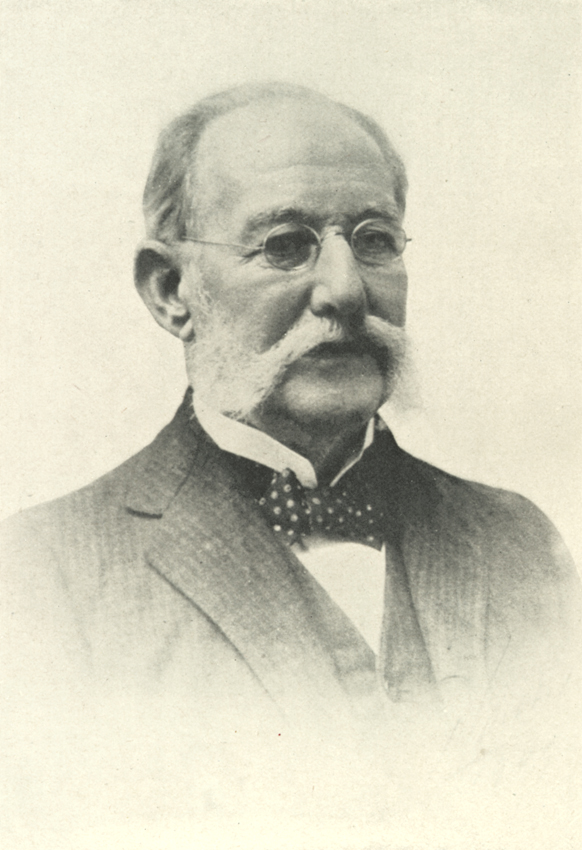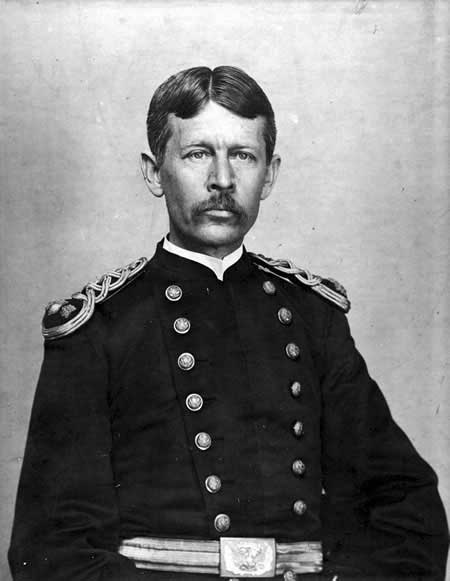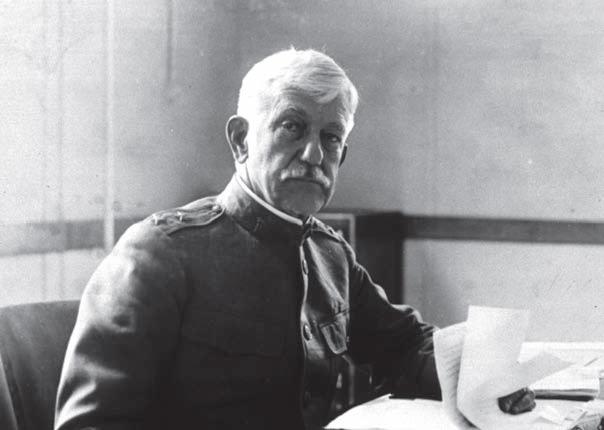 |
| Model of Yellow Fever Virus |
The disease is caused by the yellow fever virus and is spread by the bite of an infected female mosquito. It infects only humans, other primates, and several species of mosquitoes. The virus is an RNA virus of the genus Flavivirus. The disease may be difficult to tell apart from other illnesses, especially in the early stages. To confirm a suspected case, blood sample testing with polymerase chain reaction is required.
A safe and effective vaccine against yellow fever exists and some countries require vaccinations for travelers. [My daughter got vaccinated when she went to Africa.]
Yellow fever causes 200,000 infections and 30,000 deaths every year, with nearly 90% of these occurring in Africa. Nearly a billion people live in an area of the world where the disease is common. It is common in tropical areas of South America and Africa, but not in Asia. [30,000 out of a billion is, on average, like one person out of 30,000, which can hardly be considered significant. Problem comes when you get an outbreak in one small area with maybe 1,000 people and a hundred people die.]
The disease originated in Africa, from where it spread to South America through the slave trade in the 17th century. In 1927 yellow fever virus became the first human virus to be isolated. Surviving the infection provides lifelong immunity, and normally there is no permanent organ damage.
Carlos Juan Finlay (1833 – 1915) was a Spanish-Cuban epidemiologist recognized as a pioneer in the research of yellow fever, determining that it was transmitted through mosquitoes.
He attended school in France in 1844, but was forced to return to Cuba after two years because he contracted cholera. After recovering, he returned to Europe in 1848, but became stuck in England for another two years due to political turmoil, and after arriving at France to continue his education he contracted typhoid fever and again returned to Cuba.
Major Walter Reed, M.D., U.S. Army, (1851 – 1902) was a U.S. Army physician who in 1901 led the team that postulated and confirmed the theory that yellow fever is transmitted by a particular mosquito species, rather than by direct contact. This insight gave impetus to the new fields of epidemiology and biomedicine, and most immediately allowed the resumption and completion of work on the Panama Canal (1904–1914) by the United States. Reed followed work started by Carlos Finlay and directed by George Miller Sternberg ("first U.S. bacteriologist").
Although Reed received much of the credit in history books for "beating" yellow fever, Reed himself credited Carlos Finlay with the discovery of the yellow fever vector, and thus how it might be controlled.
William Crawford Gorgas KCMG (1854 – 1920) was a United States Army physician and 22nd Surgeon General of the U.S. Army. He is best known for his work in Florida, Havana and at the Panama Canal in abating the transmission of yellow fever and malaria by controlling the mosquitoes that carry them at a time when there was considerable skepticism and opposition to such measures.
While at Fort Brown (Texas), he survived yellow fever and met Marie Cook Doughty, whom he married in 1885. In 1898, after the end of the Spanish–American War, he was appointed Chief Sanitary Officer in Havana, working to eradicate yellow fever and malaria. Gorgas built on the work of Major Walter Reed, who had built much of his work on insights of Carlos Finlay.



No comments:
Post a Comment